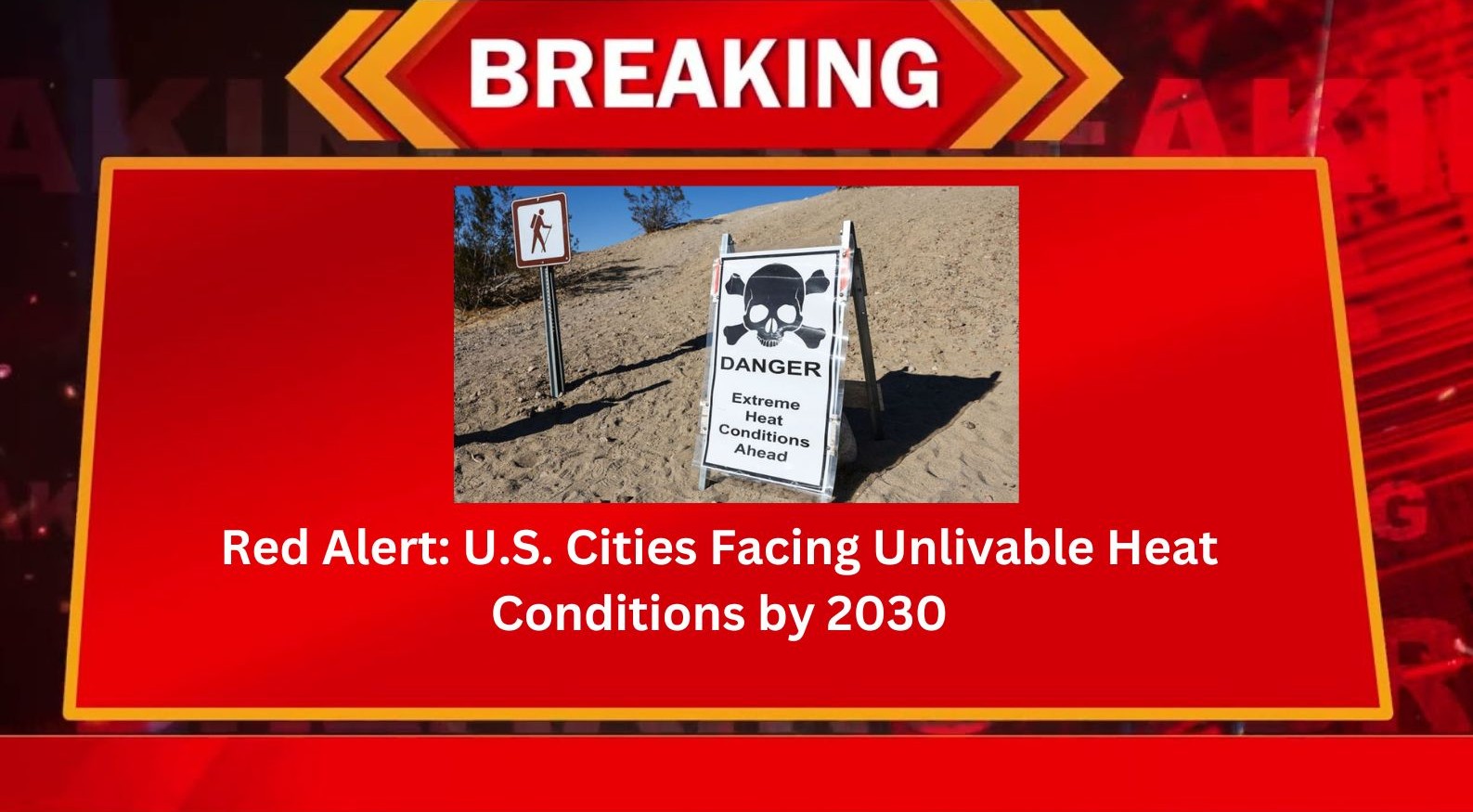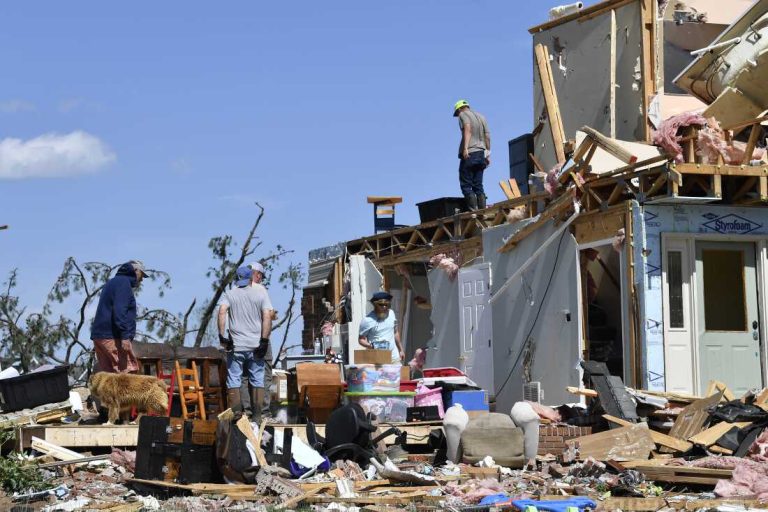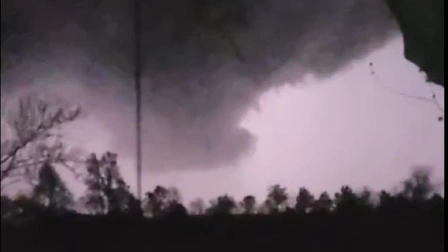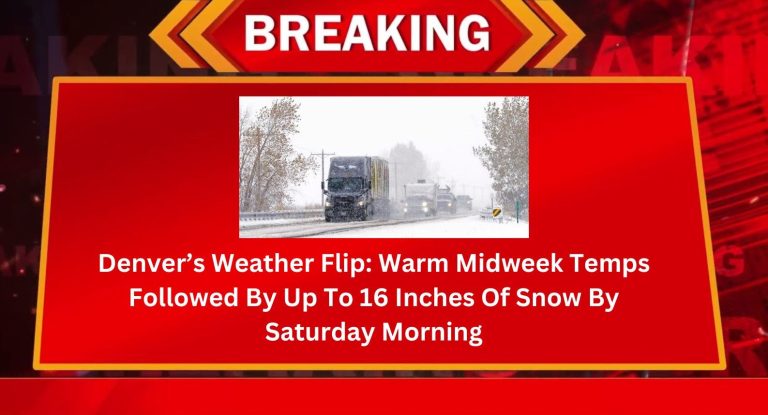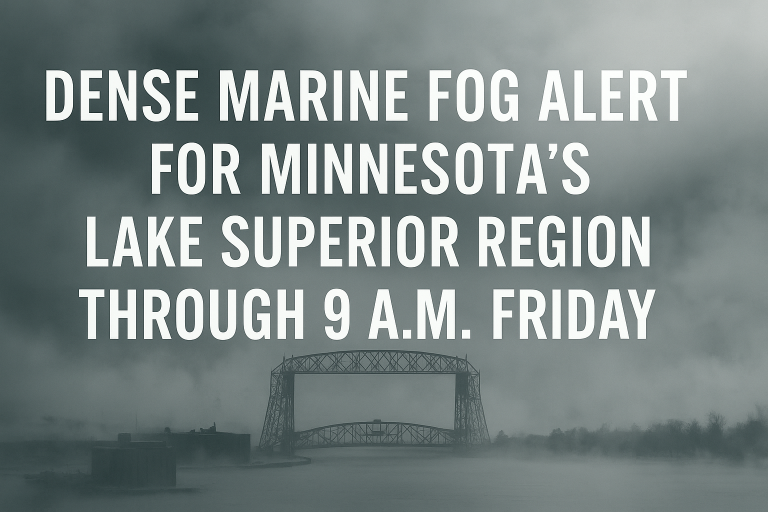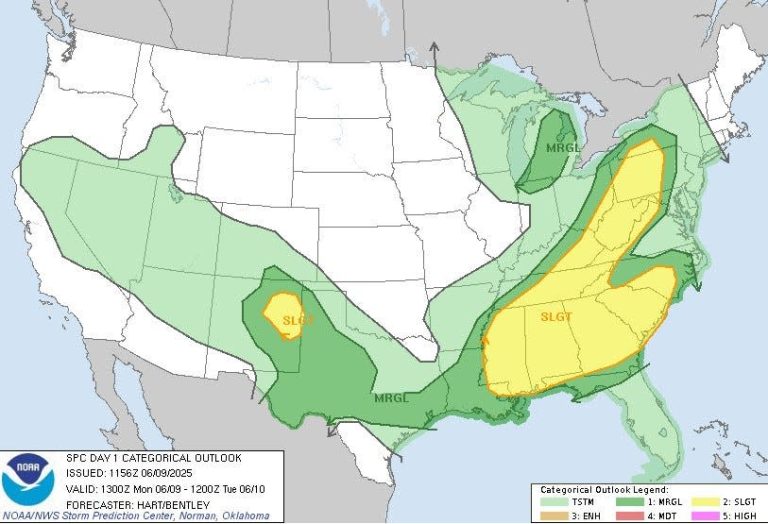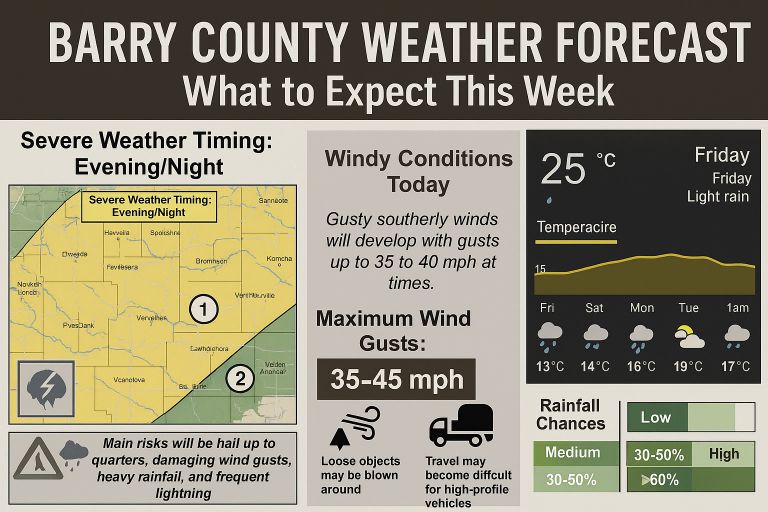Red Alert: U.S. Cities Facing Unlivable Heat Conditions by 2030
Imagine opening your front door to find a wall of scorching air so hot it’s as if stepping into an oven. The sun beats down relentlessly, sidewalks shimmer with heat waves, and even walking to your car is a survival issue. It’s from a book of doomsdays, but for much of the nation, it’s the new reality and sooner than anyone could have dreamed.
They forecast in 2030 much of the US to be as hot as heat wave highs that will be absolutely miserable to venture out into for millions, but lethal. Some of the worst-off states include those covering the area of Arizona, middle ground in every way, such as Phoenix whose searing summer heat waves already not infrequently approach 100°F (38°C) and far too often. But Arizona’s, as this a spreading epidemic there is, across America, from warm Deep South to prairie Midlands and seaboards.
A Warming Nation: The Data Are Difficult to Ignore
Heat waves strike more frequently and more frequently than ever before in the nation’s history throughout the United States throughout the last decades, states The National Weather Service, and now just a few months following hurricanes, floods, and tornadoes as America’s largest threat.
More than 30 US cities will experience more than 100 days per year over 90°F (32°C) by 2030, under global warming forecasts, and as many as 20 cities will experience more than 50 days per year over 100°F (38°C). Phoenix, Arizona, is the probable pack leader with more than 100 triple-digit days per year by 2030. Las Vegas (Nevada), El Paso (Texas), Tucson (Arizona), and Bakersfield (California) are close behind, though.
At the same time, historically temperate regions of the nation, like Portland (Oregon) and Minneapolis (Minnesota), have seen unprecedented heatwaves in the past few decades. Portland hit a record 116°F (47°C) in June 2021 – a city not designed for this type of climate, where air conditioning is the norm and not the exception in most homes.
Heat Islands and Urban Strain
Urban cities are sandwiched in between this crisis. Urban heat island, where asphalt and pavement retain and release heat, heats cities greater than suburbs. Closed urban condition with open canopy cover enhances daytime temperatures and warms night temperatures in Atlanta, Houston, and Los Angeles.
There are quite large numbers of poor neighborhoods with few or no shade trees or reflective roofs that are several degrees warmer than richer, greener ones. That discrepancy leads to more heat illness and death in poor communities, and it leads to more social and environmental injustice.
Power Strain and Health Crisis
Since air conditioners operate in over-loaded capacities, the grid is forced to the breaking point on hot summer afternoons. Blackouts will be more common, a North American Electric Reliability Corporation estimate reports, as demand for electricity grows through relentless heatwaves by 2030.
In Texas winter-weary, the threat of summer electrical blackouts in 110-degree temperatures is dire. When the power goes out, the air conditioning also goes out, and all-time records are established for heatstroke, dehydration, and respiratory issues.
Heat hospitalization is already increasing. More than 600 individuals perished in 2023 alone in Arizona’s Maricopa County due to heat excess a record-breaking atrocity by any past measure. The CDC indicates more than 1,200 Americans lose their lives each year due to heat, and it will only get worse as circumstances worsen.
The Water Crisis Deepens
Warming up human beings is not only stressful – it’s also wasteful. The Colorado River, which waters 40 million Americans in seven states, is running dry under the twin stress of climate change and overconsumption. Arizona, California, and Nevada are being pushed to make difficult water-allocation choices. In the Midwest and South, increased evaporation and erratic rainfall already are affecting farming, threatening crops and rural water supplies.
Wildfires and Air Quality
Heat also fuels a deadly escalation of wildfires, which doubled in occurrence during the last 20 years. California, Colorado, and Oregon each experienced years of record heat- and drought-fueled fire. Real wildfires emit massive quantities of particulate air pollution into the atmosphere, which humans can’t breathe safely. In 2023, major cities as far east as New York City and Philadelphia suffered days of unhealthy air because of Canadian and West U.S. fire smoke, reminding us that heat emergencies are completely connected.
Infrastructure on the Brink
America’s 20th-century infrastructure was not designed to hold up to 21st-century heat waves. Roads heat, rail track bend, and power cables sag in heat. According to an American Society of Civil Engineers report published in 2022, in 2030 trillions of dollars’ worth of damage are expected due to infrastructure failure in heat.
Cities are being compelled to re-think everything from building materials to bring to disaster relief. Cool roofs, thermos-absorbing pavement, and more green canopy become needs soon, comforts instead of luxury goods.
Can We Adapt?
The question is whether Americans will weather this and thrive in this new climate regime. Some adaptation is already underway. Miami, Tucson, and Sacramento, for instance, already have money committed to investing in climate-resilient infrastructure, urban greening of public spaces, and cooling centers for the most vulnerable. But even those might not be sufficient.
And if it does go on, tens of millions will be forced to make the terrible choice: change, come on, get it over, or endure the worst of living in what today’s gurus would call “unlivable” hot spots.
The heat emergency is not arriving – come on in, it’s already arrived. By 2030, it will redefine life in America, where human beings reside, work, and toil under heat in much of the country. In scorching desert cities and unexpected northern heat pockets, no state is spared. The time to act is now, before the heat is unbearable.

